THE NITTY-GRITTY OF FOOD POISONING
Greetings steemians! it's always a privilege to share knowledge with you guys. Today, we will holistically look into food poisoning. This is a product of intensive research. I urge you to kindly read through this. Nowadays, this popular saying no longer holds water
what you don't know, won't kill you
It actually does!
Take your time, read and digest this article so that you don't fall victim. The article is quite Lengthy but it's all for our good. If you don't like lengthy articles, you can quickly scroll down to read how to prevent food poisoning but you are likely to miss a lot. All necessary information you need about food poisoning are here, enjoy!

Introduction
Food poisoning also called Foodborne illness are used to describe those conditions in which bacteria and all its products are ingested into food thereby causing infection which is limited to the Gastrointestinal tract ,GIT (parts of the body responsible for food digestion, absorption and asssimilation). Most times when we hear of food poisoning, one will think it simply means poison in food. It's actually not so wrong but in the real sense, food poisoning can be the presence of bacteria, toxins and dangerous chemicals in our food and they have the ability of causing disease.
Food poisoning is any illness that results from ingesting spoiled food which is contaminated with pathogenic bacteria, fungi viruses and parasites.
Toxins of poisonous mushrooms 🍄, a type of fungi can also cause food poisoning. Be careful of the kind of mushroom you eat, not all are safe for consumption, some of them can be very poisonous. source . There are basically two types of food poisoning:
•Infectious and
•toxic type
The toxic type is caused by toxins released by these microorganisms such as bacteria and those released by fungi while the infectious type is due to contamination of food by the microorganisms, parasite and virus that have the ability of causing disease when they are ingested through food into the human body.

Various agents that cause food poisoning
The main agents that cause food poisoning include Bacteria, virus, parasite and fungi. Let's study each agents one after the other.
Bacteria
Bacteria are one of the most important agents that cause food poisoning. The produced toxins (harmful chemicals) by bacteria are generally classified into two - endotoxin and exotoxin.
The exotoxins are proteins that are most often excreted from the cell while endotoxins are lipid/fat molecules that are component of the bacteria cell membrane (a layer after the cell wall of the bacteria that selectively allows the exchange of nutrients such as mineral salts and solutes between the bacteria cell and the external environment) and they are released by lysis (rupture of the bacteria cell). Some of the exotoxins are specifically associated with diarrheal diseases in humans and they are called Enterotoxins. An example bacteria that produces enterotoxin is Vibrio cholera , staphylococcus aureus etc. The word entero means the intestine, enterotoxins have their major site of activity in the intestine and this is why bacteria that produces it causes diarrhea.
Exotoxin and endotoxin differs is some ways. Exotoxins are secreted by the bacteria while endotoxin are not, rather endotoxin form part of the cell wall of the bacteria and are released only when the bacteria burst or ruptures. Another difference is that, exotoxins secreted by these bacteria are used to produce the vaccines, an example is the Baccillus Calmette Guerin (BCG) vaccine which is commonly used in vaccination against Tuberculosis -a disease caused by the bacteria Mycobacterium tuberculosis while endotoxins are not used in the production of vaccines. When endotoxins are released, they cause fever (elevation of body temperature above normal) through a mechanism I will explain later on.
Let me briefly explain what the vaccine does. When you are vaccinated with BCG vaccine, it confers an immunity i.e a form of protection in you against these bacteria and thus prevents future infection by them. Immunization is very important and it protects us against the invasiveness of bacteria infection and other viruses like polio.
There are numerous bacteria that cause food poisoning, i will select and lay more emphasis on the commonly encountered ones since they pose serious threat to our health, they include the following below.

1.Salmonella typhi:
This organism causes diarrhea and typhoid fever and salmonellosis diseases gotten through contaminated water and food. This bacteria is found in raw meat and we get infected when this raw meat is not cooked adequately. We can also be infected through consumption of unpasteurized milk (a milk that has not been sterilized to kill any pathogenic organism that is capable of causing infection).
The predominant symptom of this disease is diarrhoea and it starts 1-3days after infection. Usually, the disease is self limiting ( i.e it stops on its own after a while) but at extreme cases where septicemia (when the bacteria and its endotoxin infects the blood) occurs the situation becomes critical, this causes typhoid fever and shock in the body
How endotoxin causes fever
Always bear in mind that, anything that has the ability to cause an elevation of body temperature is a pyrogen and endotoxin is one. The fever is mediated by interleukin1( part of the group of regulatory proteins called cytokines that regulate the cells of the immune system). This interleukin1 induces the fever by elevating the thermoregulatory centres within the hypothalamus
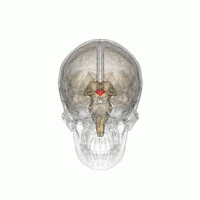
through the stimulation of the production of a hormone called prostaglandins. This prostaglandin performs the function of removing the inhibition of the thermosenstivie neurons (brain cells that ensure the body temperature does not go beyond 35 - 37degree Celsius). Once the inhibitory function of this thermosensitive neuron functions are removed by the prostagladin, then the body temperature will rise above 37 degrees Celsius and consequently leading to fever. This is a simple mechanism of how endotoxins elevate body our body temperature when we are infected with salmonella typhi or any bacteria infection that releases endotoxins in us.
Note at this point that it is normal for the body's temperature to be elevated during septicemia as this will help to speed up the immune reactions and also limit or slow the bacterial growth, multiplication and its toxic effect on the body.
This is basically what happens when you hear that someone has typhoid fever.

2.Staphylococcus aureus: They are spherical gram positive cells arranged in irregular grape-like clusters, this bacteria causes Staphylococcus food poisoning and it is also one of the commonest type of food poisoning.
Staphylococcus is found on our skin and in the nose but do not cause any harm when we are healthy. It has the ability to produce toxins that cause food poisoning source . They get to our food when people who carry this bacteria do not wash their hands 👐before touching food. The bacteria multiply and secrets a soluble exotoxin in the food when kept at room temperature i.e 25-27 degree Celsius.
Its toxin has a strong irritating effect on the GIT, and the enteric nervous system thus making it an enterotoxin. The toxin is heat resistant and can withstand boiling temperature up to 1100 degree Celsius for more than 30minute, this simply means that even after cooking and in the process killing the staphylococcus aureus, the toxins will still be present in the food. This is why staphylococcus food poisoning is very difficult to handle. Fever does not occur during staphylococcal food poisoning.
Food poisoning associated with this bacteria usually presents with serious vomiting and diarrhea but vomiting is typically more prominent than diarrhea.
Other symptoms include Nausea and abdominal cramps. Foods that we handle without cooking are the major ones at high risk of transmitting staph toxin. There is no symptom of fever in staphylococcal food poisoning . Foods mostly affected are those ones with high salt content reason being that staph is very salt tolerant. Examples of these are meat, chicken, meat salads, yoghurt and frozen foods. It can also be found in unpasteurized milk and cheese products.

3.Clostridium botulinum:
They are gram positive motile anaerobic (grows in the absence of oxygen) rods. Their spores grow in improperly canned low-acid foods producing botulin , a powerful paralytic toxin. It causes the infection called botulism and in the case of this infection, there is an acute toxaemia resulting from ingestion of food that already contains the toxin. The most common offenders of this type of food poisoning are smoked, spiced,
vacuum-packed or canned alkaline foods that are eaten without cooking. The toxin of this bacteria is easily absorbed by the body into the blood. This toxins have affinity for the Central Nervous System (CNS). They act on the motor nerve endings of the muscle and interfere with the normal transmission of nerve impulses from the CNS to the muscles of the body, i.e they will block the release of acetycholine ( a neurotransmitter in the brain) at the synapses and neuromuscular junctions, thus leading to flaccid paralysis.
The person will find it difficult or unable to swallow (dysphagia), the person will also see experience double vision (diplopia), the person can't talk, and death occurs when their is respiratory paralysis or cardiac arrest (when the muscles of the heart stop contracting). The toxin is heat labile (easily destroyed by heat) but the bacteria itself is very resistant to heat than staphylococcus aureus and vice versa. They are also found in canned and vacuumed packed foods such as green beans.
The normal habitat of this bacteria is in the soil and it's outbreak is usually due to inadequate preservation of food particularly in canning and bottling companies so watch out and be careful of the kind of canned foods and drinks you consume. Do well to check expiry date which, very important. Before drinking that beer 🍻, ensure you clean the mouth of the bottle properly and check to see that it is not swollen, if swollen, kindly discard it. This bacteria produces gas that swells the canned drink or food.
The painful thing about the dangerous effect of this bacteria infection is that, there is no fever and the patient will remain fully conscious until shortly after death💀. Such a painful way to die!
Some of the botulinum spores are also found in some canned baby's 👧 foods and they produce toxin inside these foods during storage. When babies are fed with such infected food it will lead to weakness, poor feeding and signs of paralysis ("floppy baby👶" ) , you could imagine what this bacteria does to an innocent baby👶 that obviously won't be able to voice out what is wrong with them.

4.Escherichia coli:
This bacteria is a gram negative rod shaped and facultatively anaerobic (this means they can survive with or without oxygen). They are usually found in the lower intestines where they play their protective role of warding off pathogenic bacteria (those that have the ability to cause a disease) , this is their usual and normal habitat .
Most of them are harmless but some types cause serious food poisoning in humans source . This bacteria is also called E. Coli for short and they are usually pathogenic when they are not found in the lower intestines.
While defecating, they are expelled along side fecal matter and if by any chance this fecal matter containing the E.coli contaminates our food, we become infected when we consume such food. E.coli is a common cause of "traveler's diarrhea" and also a very important cause of diarrhea in babies👶. The enterotoxin it produces is heat labile while some are heat stable depending on the strain (the type) of the bacteria . Next is campylobacter.

5.Campylobacter:
This bacteria is slender and spirally curved or S -shaped rod and it is gram negative. It has a characteristic movement like a corkscrew. There are two specie of this bacteria - Campylobacter jejuni and Campylobacter coli but the major ones that causes food poisoning is Campylobacter jejuni this one produces less toxic effect on the body as they very susceptible to the gastric acid in our stomach. From the name jejuni it simply means they are mostly associated with the jejunum (the second part of the small intestine)
Anything or food that will reduce the level or concentration of gastric in the stomach e.g drugs like omeprazole and antacids used in the treatment of ulcer will encourage or promote the activities of this bacteria if one is infected.
This means that, they are easily killed by the acid in the stomach and the only way they can cause illness is if they very numerous in number. Consuming foods such as poultry, meat and unpasteurized milk and contaminated water are means through one can get infected

6.Vibrio para haemolyticus:
This is a halophilic bacterium (this means it lives and thrives in an environment of high salinity or salt content). This is bad news for those that love 😍 cat fish, this bacterium has more preference for cat fish🐠 . They cause acute gastroenteritis (inflammation of the GIT) following ingestion of contaminated sea food such as raw fish 🐠, shell fish or cat fish. The symptoms of infection are usually nausea, vomiting, abdominal cramps, fever and watery 💧 to bloody diarrhea. The infection is self limiting and you can recover within 1-4 days with no treatment other than restoration of water💧and electrolyte balance. The prevalence of this disease is very high in area where people consume raw sea food.
There are other bacteria that causes food poisoning, some may be through water contamination, like Vibrio cholera which also causes cholera, Listeria monocytogenes, Clostridium perfringes, Bacillus cereus ,etc. There are many of them but the most common ones we get through food contamination are the ones I explained very well above. We have been able to critically learn about bacteria that causes food poisoning, the next organisms on my list are viruses.

Virus
There are few viruses that also cause food poisoning. Example include the Norovirus, Hepatitis A virus, Hepatitis E, Rota virus etc
I have written an article exclusively on
Norovirus, you can read to know more about the virus here . Norovirus is one the most common cause of foodborne illness caused by viruses . Hepatitis A is gotten through fecally contaminated food and water 💧 and it differ from the other virus because it has the ability to spread beyond the stomach and intestines into the liver. Judging by their name Hepatiitis (relating to Hepatic cell of the liver) they find solace inside the liver where they replicate.
Infection with hepatitis A virus usually leads to jaundice or yellowing of the eyes due to accumulation of bilirubin -a product of the break down of red blood cells in the body.
Hepatitis E virus is also gotten through ingestion of fecally contaminated foods and water💧.. Yeah that is it about virus! There are not much of them out there that causes food poisoning. Next is fungi.

Fungi and Mushrooms 🍄
The study of fungi is called mycology. Fungi usually grows in two basic form, as yeasts and molds. Fungi food poisoning can also cause life threatening condition. During infection, the fungal cell wall which is made up of chitin mediates the attachment of the fungus to humans. The toxins produced by fungi are mycotoxins and aflatoxins. Most of the food poisoning by these fungi are usually due to ingested mycotoxins and aflatoxin they produce. e.g the mushroom of the Amanita 🍄specie produces mycotoxins and eating this type of mushroom 🍄 will cause mycotoxicosis in humans.
These toxin act by inhibiting the mRNA polymerase which prevents mRNA synthesis, another example of this mycotoxicosis , ergotism is caused by the mold - Claviceps purpura which infects grains. Those that produce aflatoxins are caused by Aspergillus flavus.
This one causes liver and kidney damage and can as well cause cancer when eaten. This aflatoxin are ingested with spoilt grains, corns, peanuts and other foods. Do well to watch out for this food products. Let's quickly look at the prevention of food poisoning.

Prevention of food poisoning
Basically, the hallmark of prevention of food poisoning is through personal hygiene and avoiding all the afore mentioned substances and foods that are likely to house these pathogens. Wash your hands 👐 properly before handling foods. Avoid spoilt food and also do not bother warming them to kill the pathogens.
When you observe a fungal growth (bread mold) on soups, bread 🍞 etc do not try removing or cutting off the part infected. Rather discard the food as a whole and save yourself from the hazardous effect these pathogens have on the body. As molds grow on food or bread, they release toxins into it and when you consume this infected food, you are likely to fall ill.
For Clostridum botulinum which is usually found in vacuumed packed foods and canned drinks, if you observe a swollen canned drink, do well to discard the can because the proteolytic enzymes in the Clostridium botulinum produces gas that swells the can as they multiply.
Food that are well cooked prevents these organisms as they are killed in the process.
Refrigeration only halts or pauses the activities of many bacteria, once the temperature is normalized, they begin to grow, multiply and release toxins that are harmful into the food. So whenever you bring out food from refrigerators or freezer make sure you warm the food very well to kill any organism that might have grown in it. Only scoop the quantity you want to eat or consume and leave the rest refrigerated, the habit of returning food that have been thawed (allowed to melt) back into the freezer is not advisable because any little opportunity this bacteria have, they quickly multiply and release toxins. Some bacteria can thrive in cold environment, so refrigeration at times might not really be an assurance that the bacterial won't grow.

Treatment of food poisoning
Usually most food poisoning are self limiting i.e they go on their own after a while but those that pose serious threat to humans e.g Clostridium botulinum can be very fatal because of the flaccid paralysis they cause, hence they require serious attention. Treatment of botulism is with the use of anti-toxin.
In Canada there are three types of antitoxin therapies available, they are GlaxosmithKline trivalent types ABE, NP-018(heptavalent) types A to G and lastly BabyBIG Botulinum Immune Globulin Intravenous (human) (BIG-IV) for pediatric patients under the age of one yearsource
This antitoxin will ensure that acetycholine transmission that is blocked by the toxin of botulinum is released and consequently prevents paralysis in the patient.
For food poisoning that are associated with diarrhea and vomiting, the usual treatment is oral hydration therapy to replace lost fluids and electrolytes in the body of the patient.

Quick summary
Foods poisoning also known as foodborne illness simply means the disease caused by the toxic products released by bacteria, fungi, parasite and viruses inside food leading to diseases that most times restored to the GIT. Bacteria are the major pathogens implicated in food poisoning. Some are self limiting while some can lead to paralysis in the person infected while some cause intense vomiting and diarrhea.
Conclusion
Food poisoning can be very fatal if proper hygiene is not maintained. Cooking 🍽 food adequately will prevent the growth of some of these pathogens.
stay safe, avoid spoiled foods and report to your Doctor if you notice unusual signs, vomiting and diarrhea after eating food. Health is wealth!
Thanks for reading.

References and further reading
• pathogenic microbiology -endotoxin
• Wikipedia- Clostridium botulinum
• Center for disease and control
• Wikipedia - food borne diseases
• Food poisoning - topic overview
•Physiology and pathophysiology of temperature regulation. Edited by Blatteis Clark M. (page 236-239)
•Review of Medical Microbiology and Immunology 9th Edition by warren Levinson. (pages 106-109, 124-128, and 136-147)
•Jawetz, Melnick & Aldeberg's Medical Microbiology 23rd Edition, Edited by Geo. F. Brooks, Janet S. Butel and Stephen A. Morse. (pages 202-207, 223-227, 466-471, and 651-655)

Follow @cyprianj for More updates on trends in medical, science and nature
If you write STEM (Science, Technology, Engineering and Mathematics) related post, consider joining #steemSTEM and on discord here. If you are from Nigeria, consider adding #stemng tag in your post. For more details on how to be a member and to also know how to use images that are free of copywrite issues, visit @steemstem . Also consider joining @air-clinic and using #air-clinic if you you write medical related post.

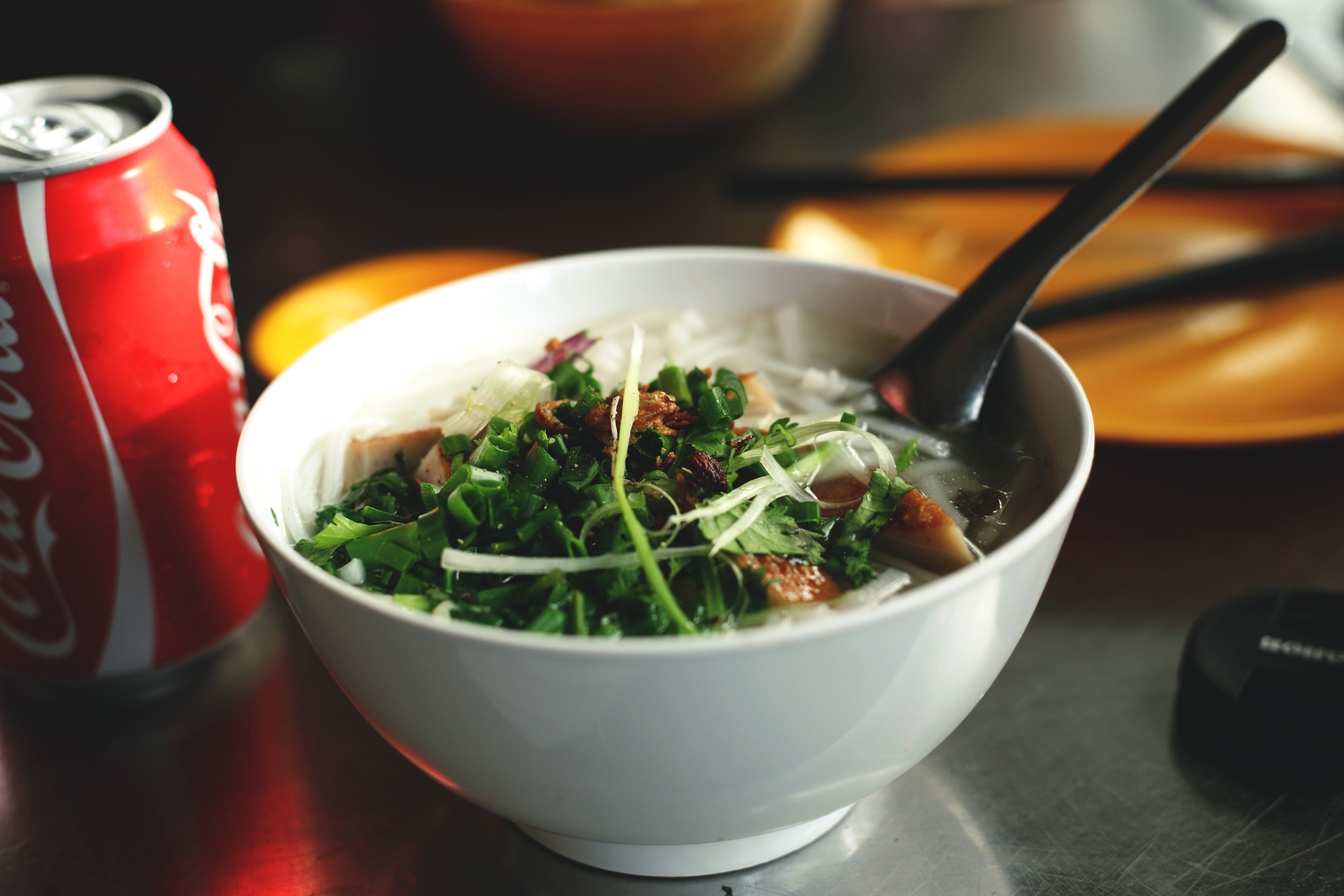
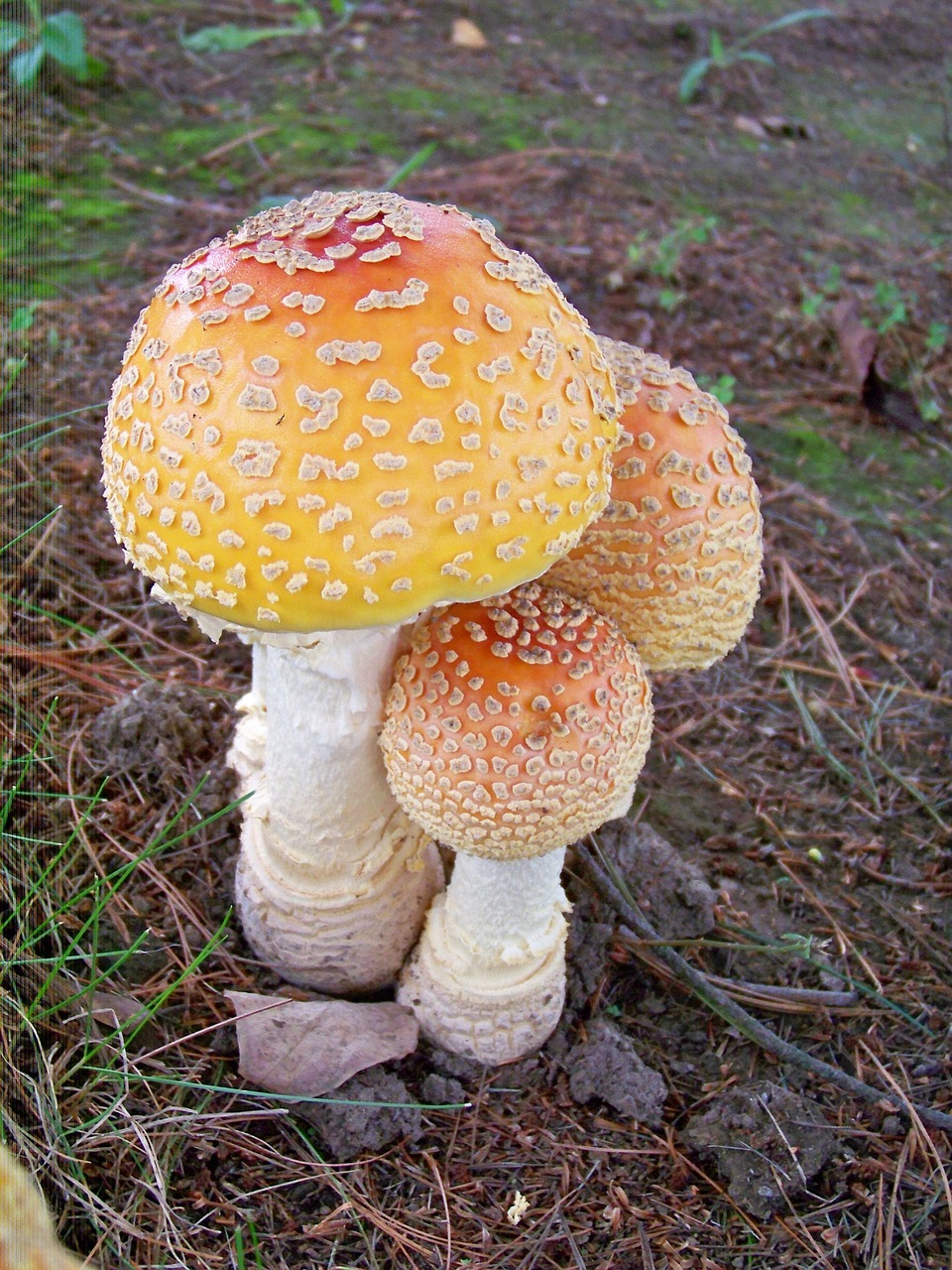
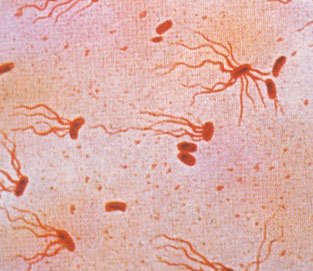
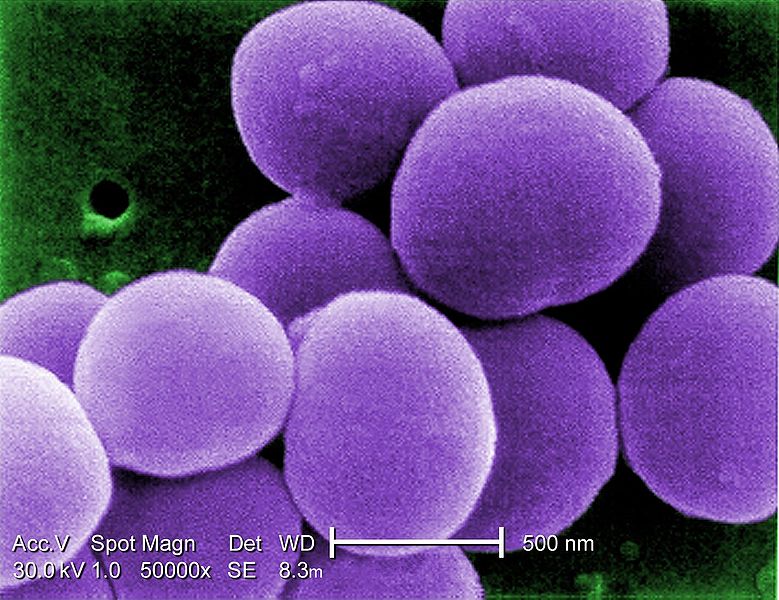
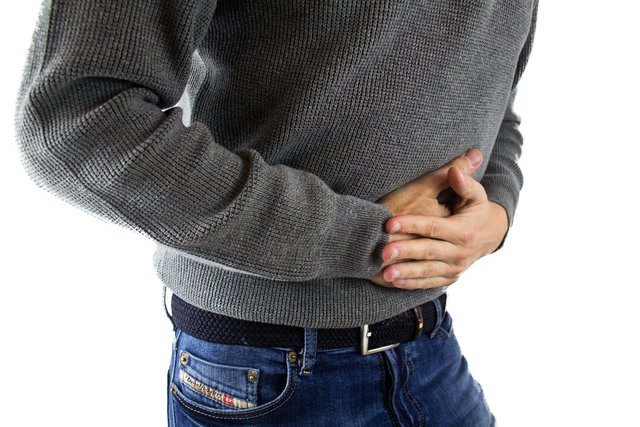
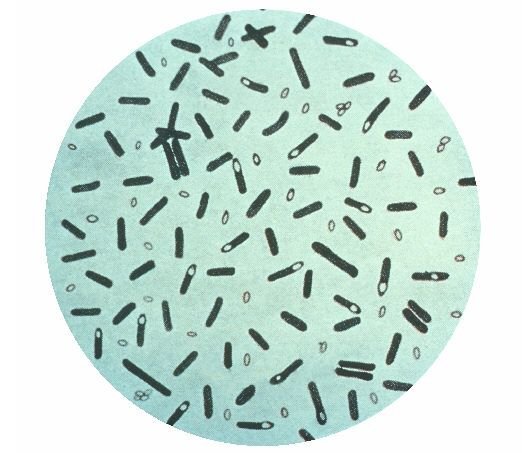
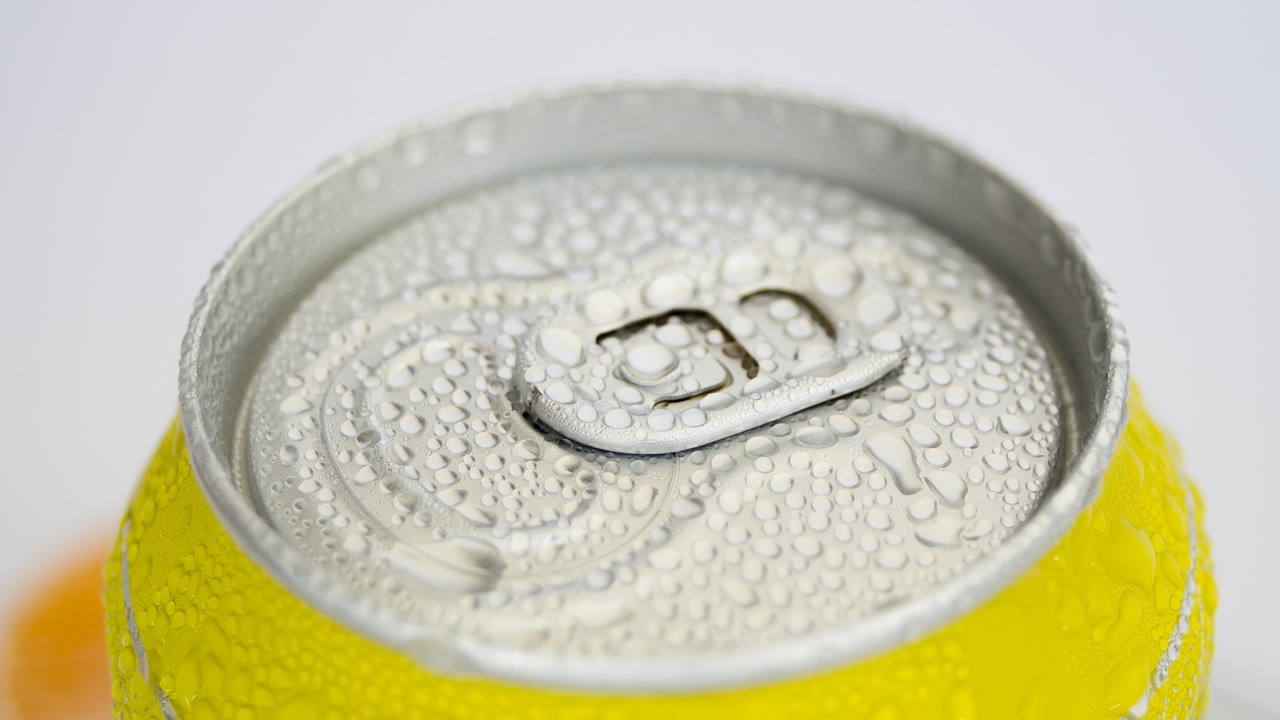
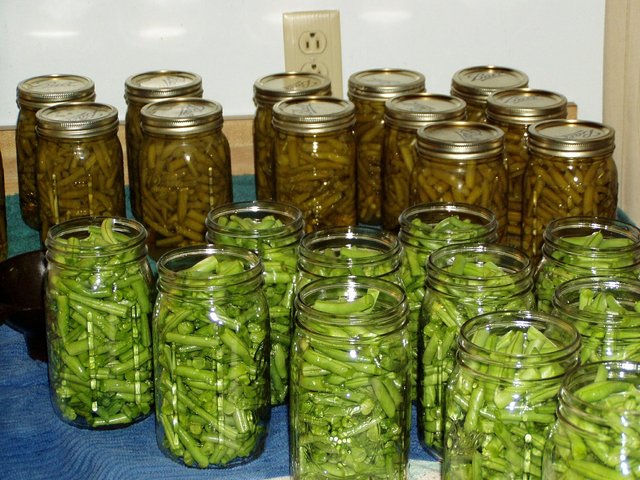
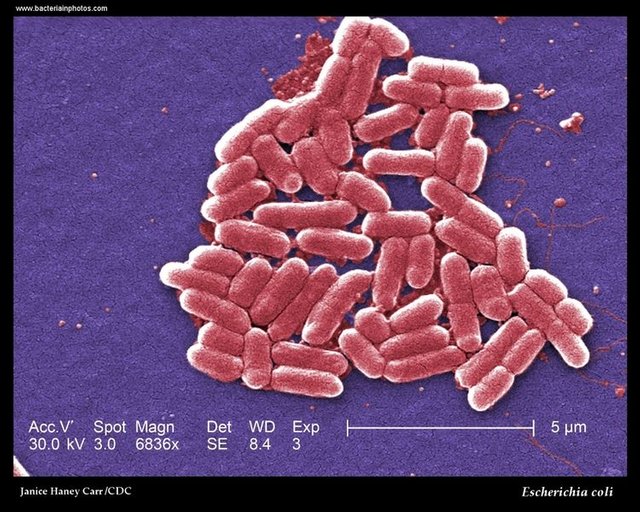
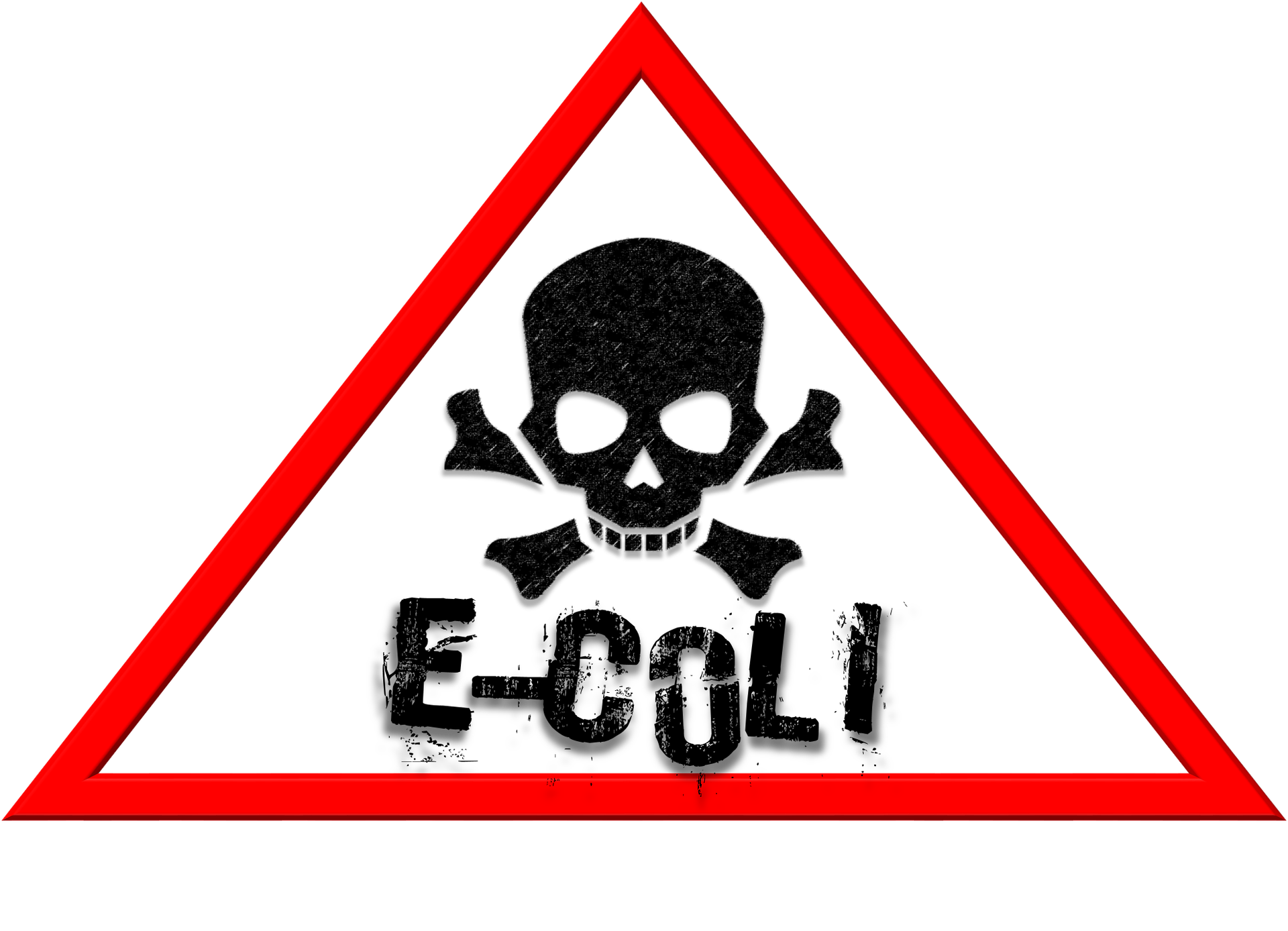
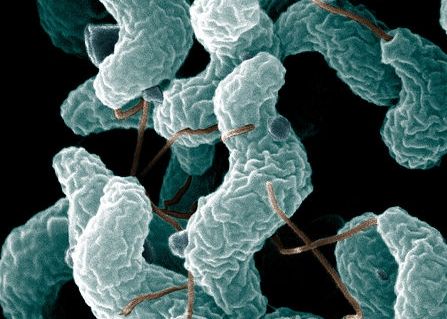
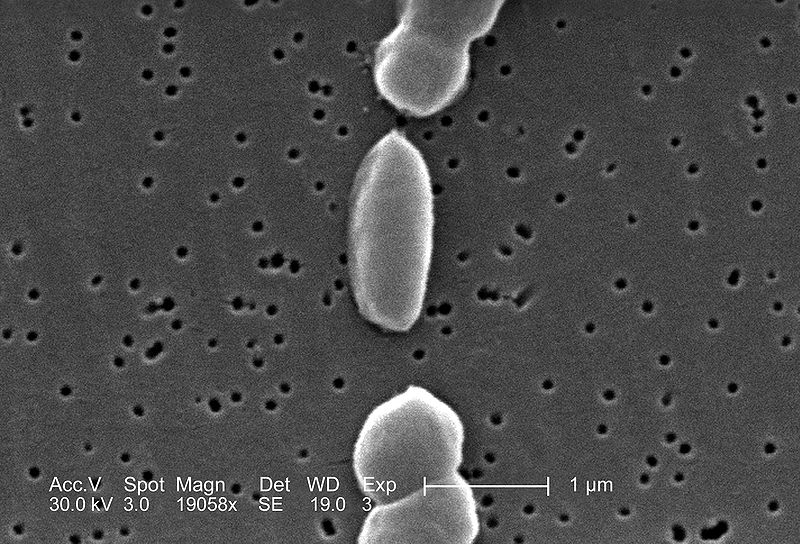
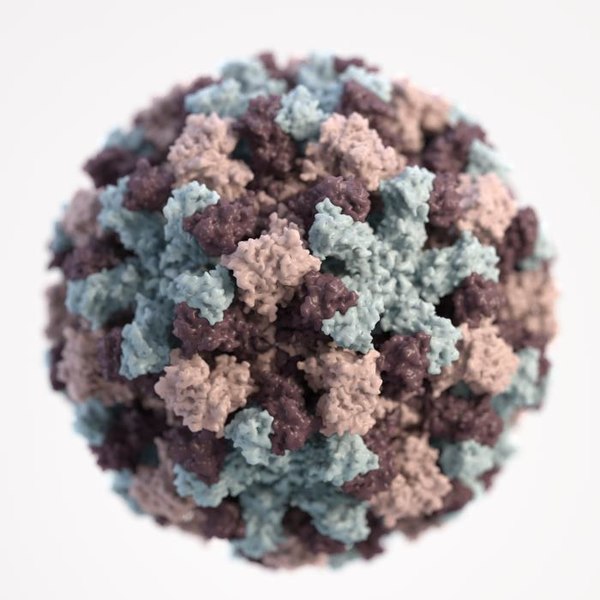
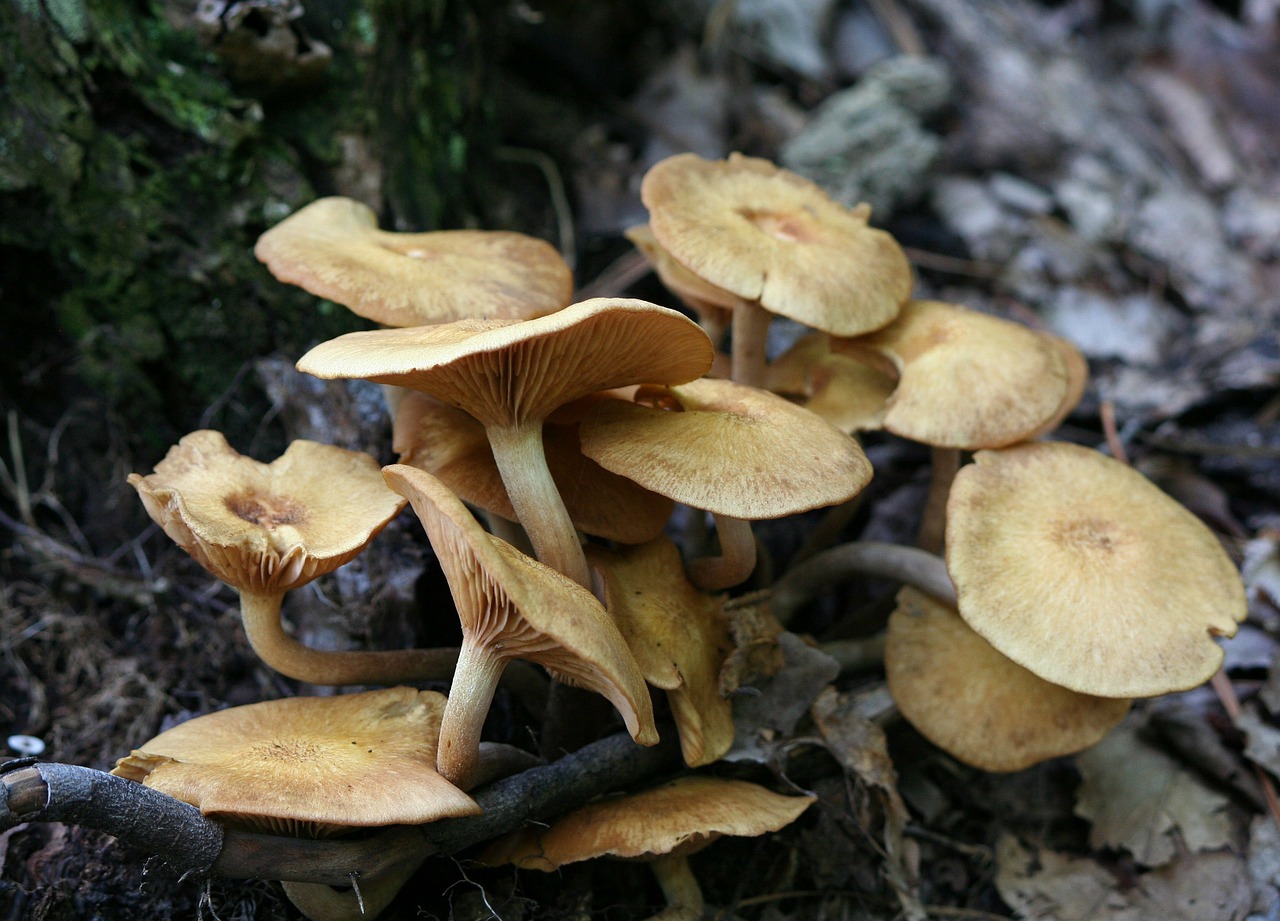
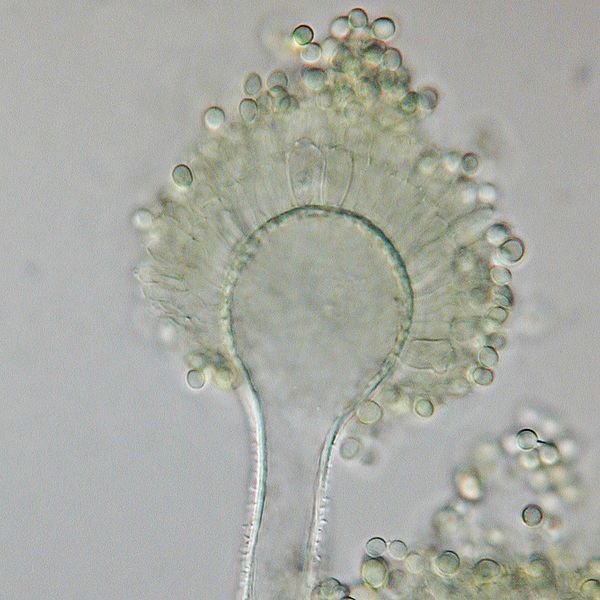

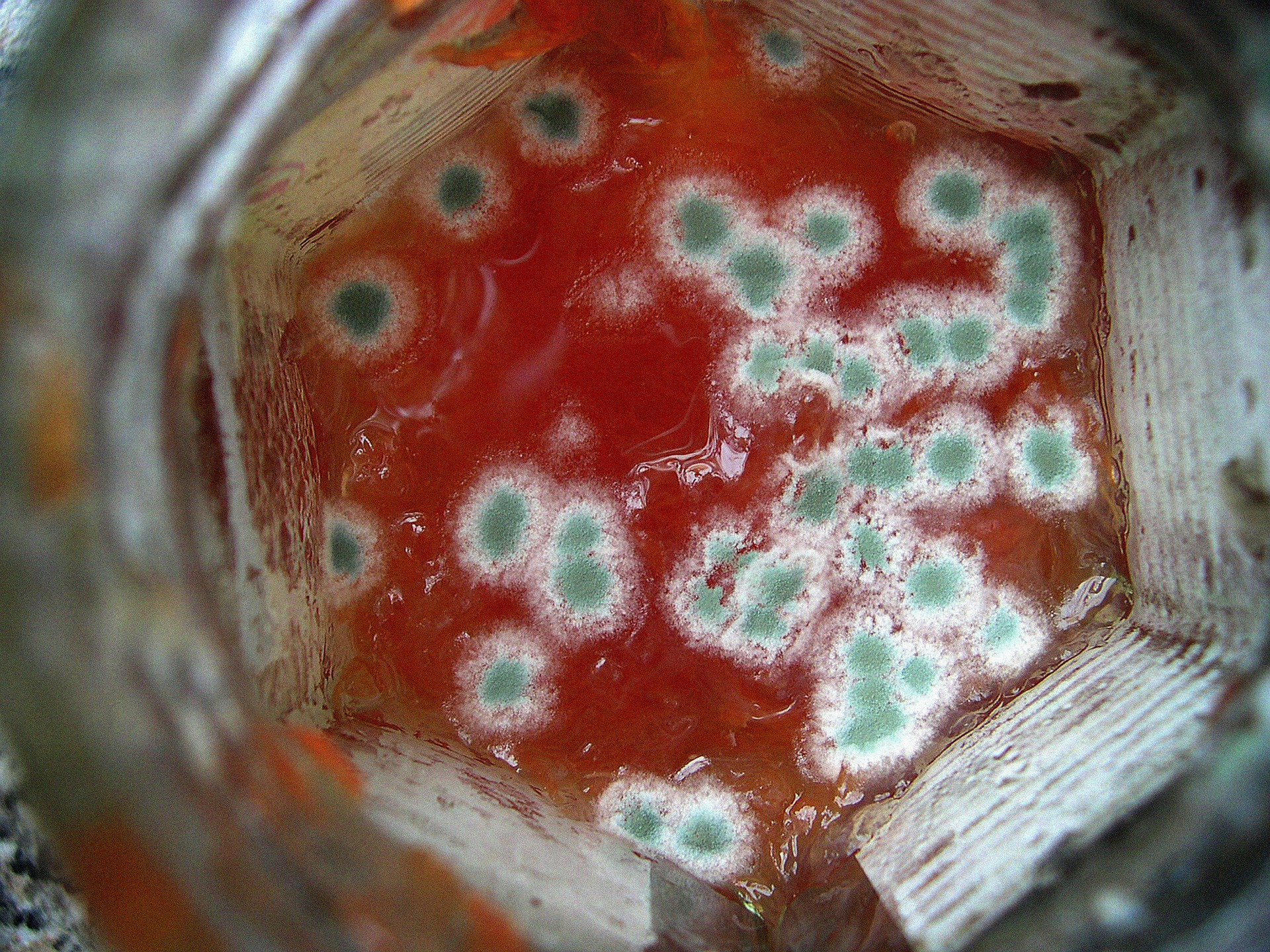

The main point here is to be aware of any food that we will eat and take. Amazing article @cyprianj very comprehensive write up on food poisoning.

Thanks so much for reading... Yeah you are right
Waow, this is educative, people suffer from food poisoning everyday. I also belong to this category without the knowledge of the likely causes and prevention. Thanks for sharing, I appreciate it.
You are welcome dear... Thanks KS for reading through
This is very wonderful piece. Never knew you can write a textbook like this @cyprianj
Hahahah.... This made me giggle... Thanks 😀
Hello @cyprianj
I have never seen a more complete post on food poisoning like this .
To say the truth I will have to bookmark this because I have not done justice to the post.
Great Post
@ogochukwu
Thanks bro... It's an honor having you around.
Thanks for the compliments
Interesting piece @cyprianj. I actually suffered from food poison when I was little, some fruits and certain meals didn't just go well with my stomach. Of course I couldn't tell what kind of poisoning it was though. But the idea that the food we eat can be contaminated to poison us, is still a bit scary to me till date. Thanks for sharing @cyprianj
Thanks so much @rickie.... I am glad you read it
I remember I was reading the KFC guidelines. I was worried to read that there is always bacteria present on the chicken, it's just when it multiplies too much that you will get food poisoning
Yeah......they need to be high in number before they can cause disease
Have learnt a new knowledge...
Thanks bro, keep writing for us..
Thanks dear....... I loved your last article. Those worms really looked so scary. Thumbs up.. It's just a matter of time steemstem will visit thy dwelling.
Smiles thanks bro..
You also got me laughing too when you said the worms looks scary.
I love scary things .
Great post. Very detailed and informative. 👍
Thanks a lot, @davidormormhila.
I appreciate 🙏
Upvoted and currently not able to re-steem. Thanks for this gem. Have a nice day. Before I leave, are you a doctor or a fitness enthusiast?
Thanks for the compliments
A medical personell to be, still in incubation... Let's leave at this here. Blochain is an enemy of secret. You can hook me up through that link on discord 👆for better conversation
Hope you understand 😜
I'm a part of air-clinic as well brother. Have a nice day.
quite detailed post. Feel free to break some of the texts into paragraphs for easier read.
Alright.. Thanks